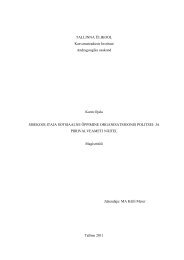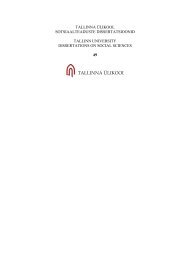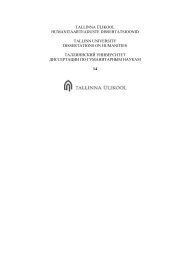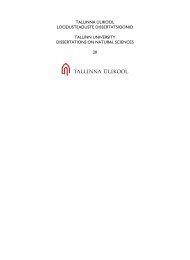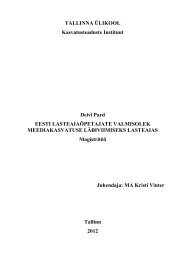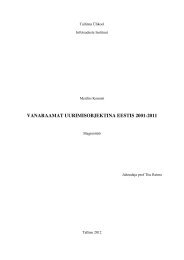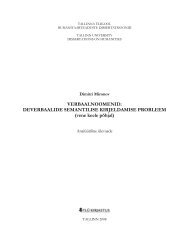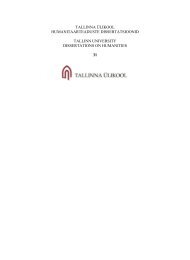Download (1157Kb) - E-Ait
Download (1157Kb) - E-Ait
Download (1157Kb) - E-Ait
Create successful ePaper yourself
Turn your PDF publications into a flip-book with our unique Google optimized e-Paper software.
Just as the issue of culture and technological infrastructure is important, physical space is<br />
similarly important to facilitate knowledge sharing. Buono, Poulfelt and København suggest<br />
that the physical environment has an enormous impact on how knowledge sharing is<br />
constituted, not just on how members of an organisation are situated, but also on how the<br />
physical environment is used to emphasis a firm‟s processes. They emphasise that the<br />
exploitation of physical space as the source of information ensures that employees receive<br />
professional knowledge about what other departments are working with, which is especially<br />
important in a culture that expects them to be seekers of knowledge and information.<br />
According to them this emphasis can be made through pictures or posters that illustrate what<br />
the firm does. It can also happen by creating meeting places in the “departmental divide” so<br />
that informal conversations can arise between departments and business units (Buono,<br />
Poulfelt & København, 2005, p.175).<br />
2.5. Chapter summary.<br />
This chapter reviewed the literature relevant to this study. It outlined the origin of intellectual<br />
capital and its components. It then gave a general overview about different components<br />
included in intellectual capital. Even though this research will only focus on human capital<br />
and structural capital, customer capital and relational capital were also included in this<br />
chapter to provide a holistic view of IC. There was no literature found specifically relating to<br />
IC in University libraries of Tanzania.<br />
26





